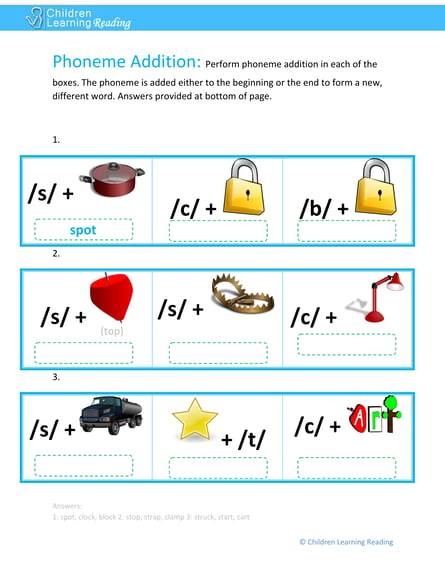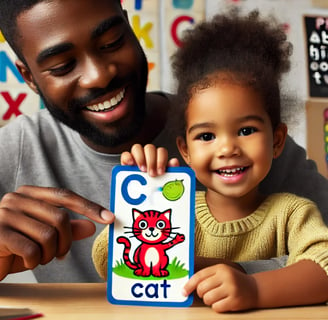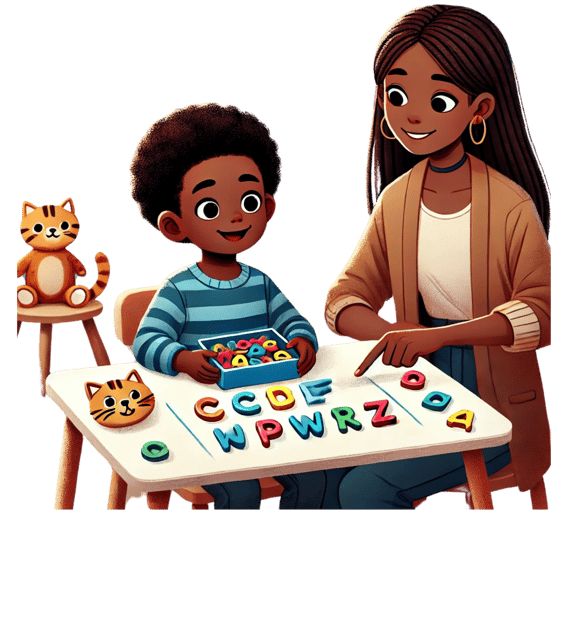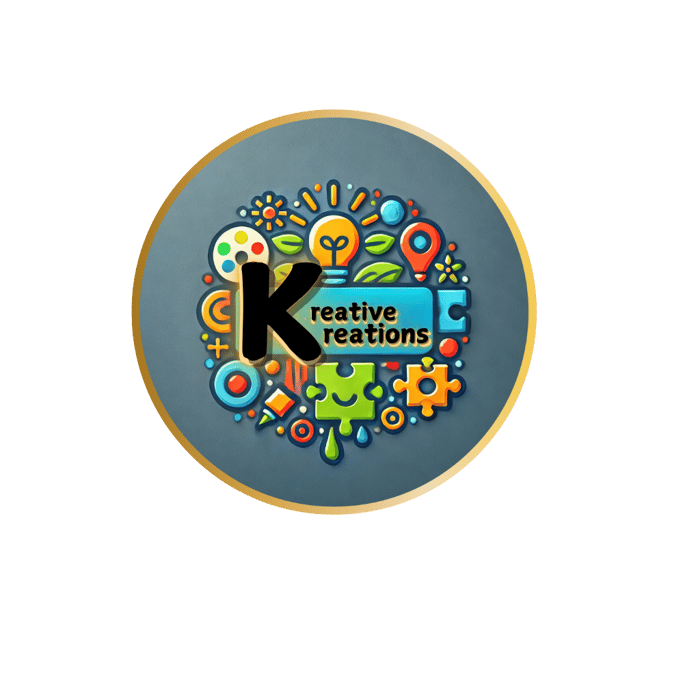Children Learning Reading
The ability to read is vital—not just for school, but for life. Reading helps your child excel academically, boosts their self-confidence, and fills their heart with the excitement of discovery.
Kreative Kreations
11/11/20244 min read

Reading is one of the most essential skills a child can learn. It not only enhances academic performance but also boosts confidence, creativity, and a lifelong love of learning. Did you know that 38% of fourth graders in the U.S. read below basic levels? This statistic highlights the critical need for parents to support their children's literacy journey early on.
In this comprehensive guide, we'll explore how to start teaching your child to read, why phonics and phonemic awareness are crucial, and how you can create a literacy-rich environment at home.
The Power of Early Reading: How to Set Your Child Up for Success 🚀
🏠 The Role of Family in Language Development
Before children can read, they first need to learn how to speak. Family members—parents, siblings, and even grandparents—play a significant role in this early language development. Here’s how you can help:
Talk to your child frequently: Even if they don’t fully understand you, the exposure to spoken language helps develop their comprehension skills.
Read nursery rhymes and stories: This not only entertains but also helps children recognize the rhythm and patterns of language.
Sing the alphabet song: It’s a fun way for kids to get familiar with letters and their sounds.
💡 Key Takeaway: The more you interact with your child through talking, reading, and singing, the better their language skills will develop. It’s all about exposure and repetition.




📚 Why Early Reading Matters: The Benefits of Starting Young
It’s never too early to introduce your child to reading. Studies show that children who develop strong language skills before kindergarten have a significant academic advantage. Here's why early reading is beneficial:
Improved speech clarity: Early reading helps children articulate words better.
Enhanced cognitive skills: Reading stimulates the brain and boosts memory, comprehension, and problem-solving abilities.
Higher academic performance: Children who read early tend to excel in school, achieving better grades in reading and spelling.
🔤 The Power of Phonics: A Step-by-Step Guide to Teaching Your Child
Teaching phonics is one of the most effective ways to teach children to read. It’s similar to teaching math, where you start with the basics and gradually build up to more complex concepts. Here’s a step-by-step approach:
Start with letter recognition: Introduce your child to the alphabet, focusing on commonly used consonants and vowels first.
Teach phonics sounds: Instead of just learning letter names, help your child understand the sounds they represent (e.g., /a/, /c/, /t/).
Blend sounds into words: Once your child can recognize a few sounds, start blending them to form simple words like "cat" or "bat".
Introduce digraphs: Teach more complex combinations like "ch", "sh", and "th" once they’ve mastered basic sounds.
💡 Pro Tip: Keep the lessons short and engaging. Aim for 5 to 10-minute sessions, 2-3 times a day, to avoid overwhelming your child.




🚀 Phonemic Awareness: The Key to Reading Success
Phonemic awareness is the ability to hear, identify, and manipulate sounds in spoken words. Studies have shown that it is one of the best predictors of reading success. Here’s how you can develop this skill in your child:
Practice oral blending: For example, ask your child what word they hear when you say the sounds /c/ - /a/ - /t/.
Segment words: Break down simple words into individual sounds to help them understand how words are formed.
Use rhyming games: Rhymes are a fun way to improve phonemic awareness and make learning to read enjoyable.
🏡 Creating a Literacy-Rich Home Environment
To foster a love of reading, create a home environment that encourages literacy. Here are some tips:
Keep books accessible: Place books on low shelves where children can easily reach them.
Set a reading routine: Dedicate 15-20 minutes daily to reading together.
Limit screen time: Encourage children to pick up a book instead of watching TV.
📌 Key Takeaways
Start early: The earlier you introduce your child to reading, the better their academic performance will be.
Use phonics: Focus on letter sounds, blending, and phonemic awareness to build reading skills.
Make it fun: Keep lessons short, engaging, and filled with games to keep your child interested.
🌟 Ready to Start Teaching Your Child to Read? Here's How!
If you're eager to help your child develop strong reading skills, we have a proven step-by-step reading program that’s easy to follow and fun for kids.
Conclusion: A Lifelong Gift 🎁
Helping your child learn to read is one of the best gifts you can give them. It sets the stage for academic success, builds confidence, and fosters a love for learning that will last a lifetime. Whether you’re just starting with the alphabet or working on phonics, remember: it’s a journey worth taking.
🛒 Disclosure
This blog post may contain affiliate links. If you click on one of these links and make a purchase, we may earn a small commission at no additional cost to you. This helps support our mission to provide free educational resources.
Note: This article was written with the assistance of AI tools to provide you with accurate and actionable advice.




